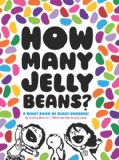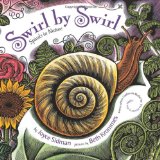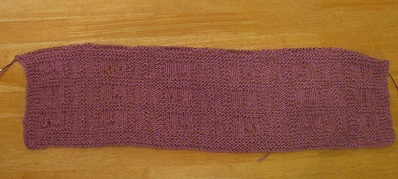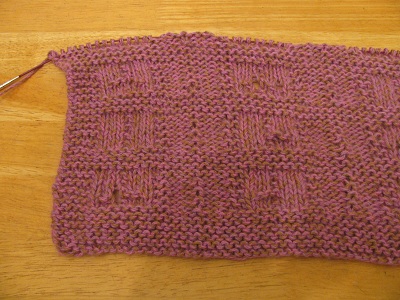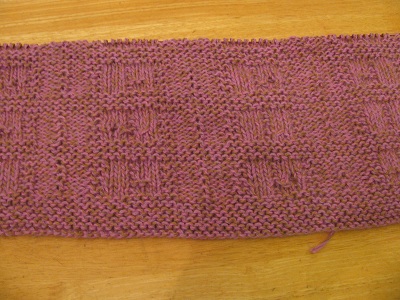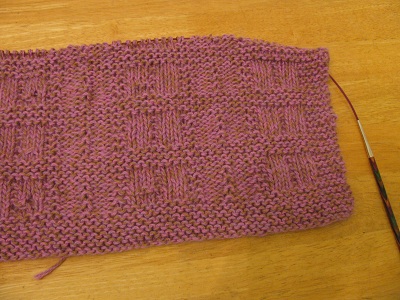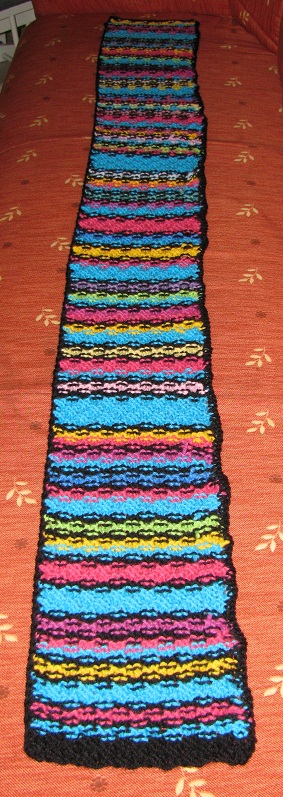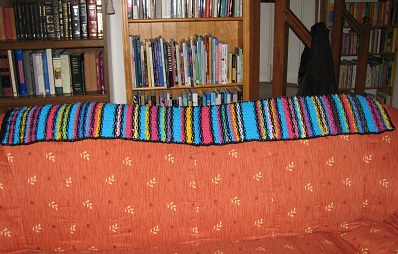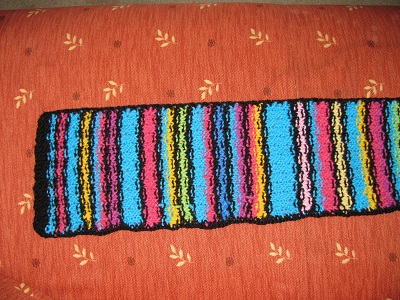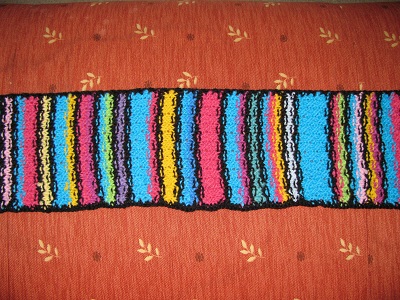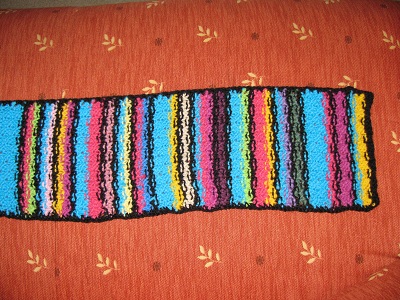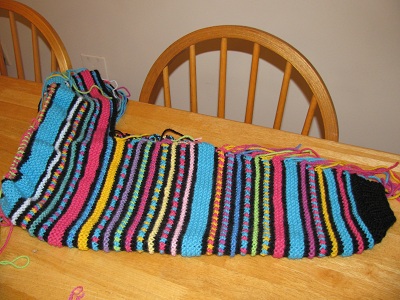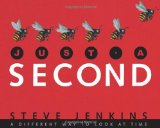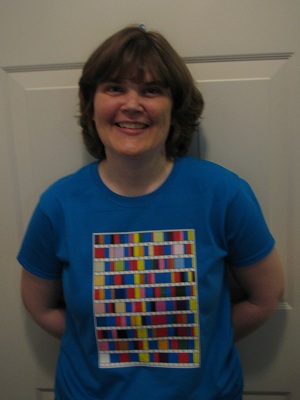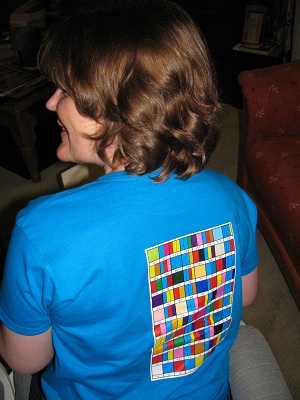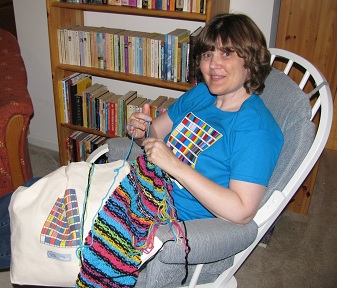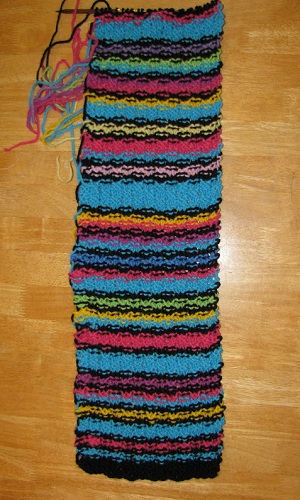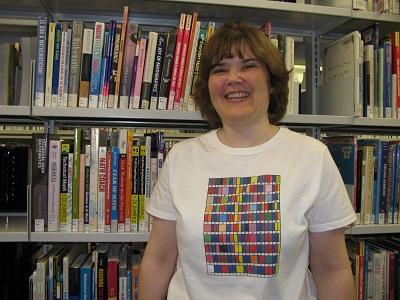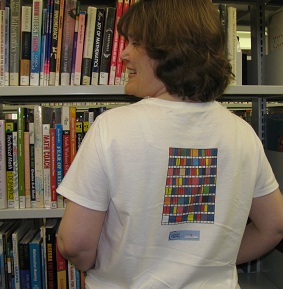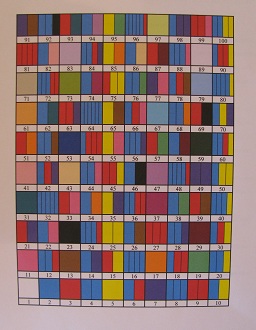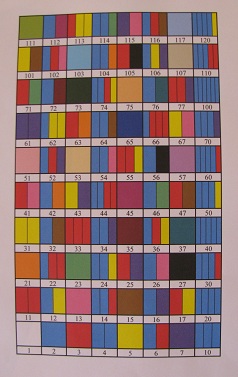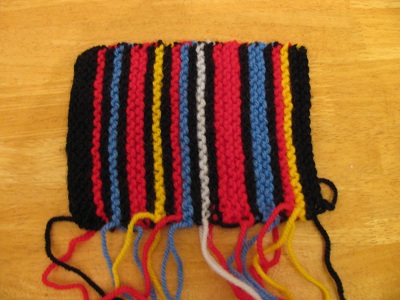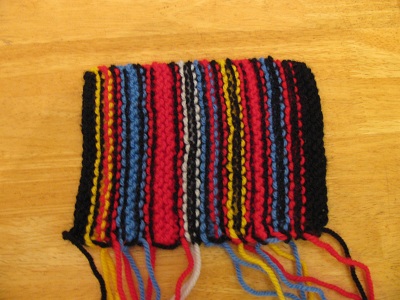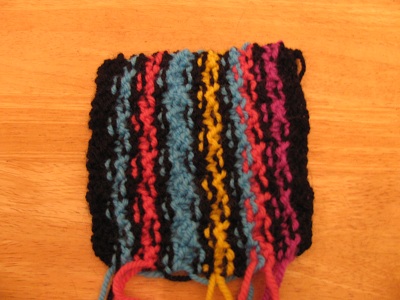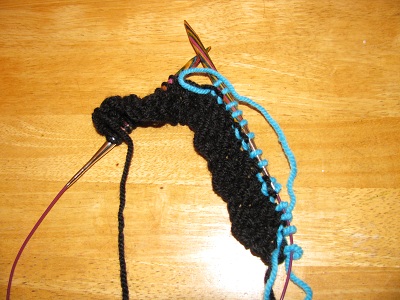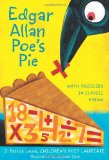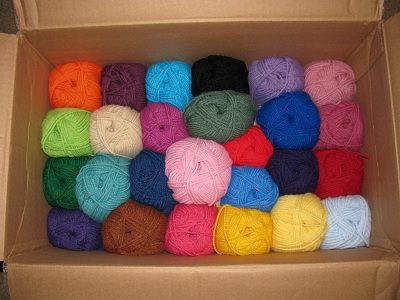Review of How Many Jelly Beans? by Andrea Menotti, illustrated by Yancey Labat
A Giant Book of Giant Numbers
by Andrea Menotti
illustrated by Yancey Labat
Chronicle Books, San Francisco, 2012. 26 pages.
Starred Review
Hooray! A book that really shows how completely huge the number one million is!
The story is simple. Emma and Aiden (with thoughts expressed by their dog) are asked how many jelly beans they’d like. Emma starts with ten, and we see a close-up of her hand with ten jelly beans.
Aiden, however, wants twenty, and the picture shows that, with ten in each hand.
Emma’s response seems quite realistic for a kid. “He can have twenty? I’ll have TWENTY-FIVE!” The responses escalate: fifty, seventy-five, one hundred. All of those amounts are shown on a tabletop. Since the tabletop in the pictures is the same every time, just with greater or fewer jelly beans distributed across them, this doesn’t really show the quantities viscerally. However, that will change by book’s end.
I like it when they get to details. Emma tells Aiden he can’t eat five hundred jelly beans, and he tells her that in a year he could eat a thousand jelly beans.
On the next big double-page spread, we see jelly beans distributed on pages of a calendar. Emma says, “Wait a second. That’s only two or three jelly beans a day.”
She comes to the logical conclusion: “I could eat FIVE THOUSAND jelly beans in a year.” Now the view pans out to Emma happily jumping on a bed covered with five thousand jelly beans. (Never mind that they would scatter all over the place if she really tried that.)
They go on. Ten thousand jelly beans. A hundred thousand jelly beans. Now the children are shown as quite small, with a hundred thousand tiny jelly beans spread out around them. I like it when Aiden tells us how he’d distribute the flavors if he had a hundred thousand jelly beans. Only one would be lemon.
But the truly marvelous part of this book, the tour de force, is the foldout section showing ONE MILLION jelly beans. In fact, when you first pull it out, the kids are saying, “Wow! A million jelly beans is a lot!” But then they say, “This is only HALF a million jelly beans! Look up there!” When you unfold the page further, then, at last, you see a million tiny jelly beans.
So here, at last, is a book that allows you to see one million things at one glance. The only way to truly give you the feel of this book was to take a picture:
Here’s the book closed, already an extra-large format:
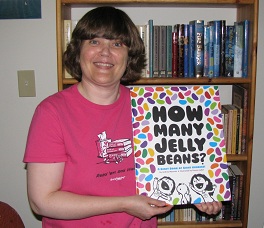
And here’s the book opened up, showing a million jelly beans. I can hardly hold it up:
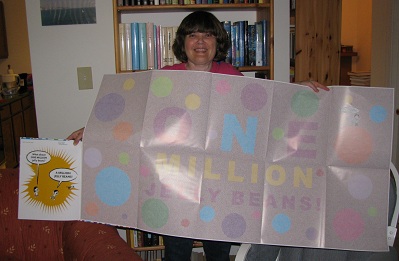
Now, I’ll be the first to admit that this book is not going to hold up well to library usage. It was not easy even for me to hold up the book with the page open without tearing the pages. And if you tear the page along the folds, it’s not going to be at all easy to mend.
But you know what? I don’t care! I love that someone did this, that Andrea Menotti and Yancey Labat made a book that truly shows kids just how enormous a million really is. And maybe, just maybe, a million jelly beans would be too many.
Find this review on Sonderbooks at: www.sonderbooks.com/Childrens_Nonfiction/how_many_jelly_beans.html
Disclosure: I am an Amazon Affiliate, and will earn a small percentage if you order a book on Amazon after clicking through from my site.
Source: This review is based on a library book from the Fairfax County Public Library.
Disclaimer: I am a professional librarian, but I write the posts for my website and blogs entirely on my own time. The views expressed are solely my own, and in no way represent the official views of my employer or of any committee or group of which I am part.
